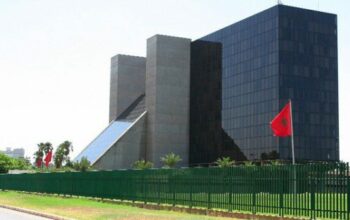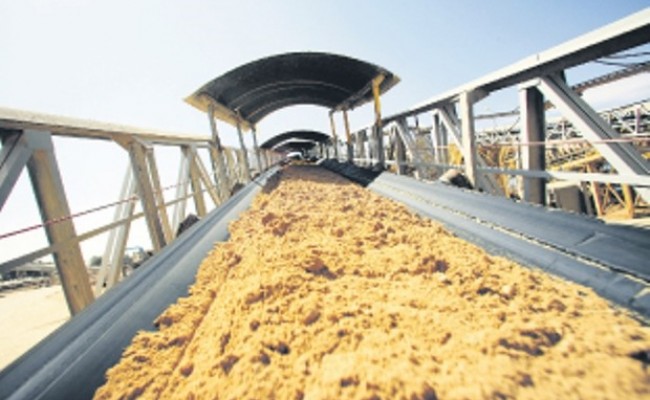Saudi Arabia did not manage to attract extra offers for oil shipments in October, a sign suggesting that the market is still oversupplied. The offers had been made to some Asian customers before a major Saudi refinery was closed due to maintenance. The kingdom is seeking to protect its market share worldwide, but especially in Asia. Asians have commented that the Saudi offers were too prompt in delivery, adding that they had other alternatives, such as Iraqi crude from Basra.
A potential customer explained that “even if the November OSPs (Official Selling Prices) are attractive, we do not have room to take more”. Moreover, refinery maintenance across the continent between July and September has also affected the options to get more oil. Furthermore, oil prices started falling in June last year, as rising US shale production added to the OPEC’s and Russia’s outputs, which created an oversupply of several million barrels per day. In response, the cartel did not cut its output but rather kept pumping in an attempt to protect its market share in Asia. Saudi Arabia, being the OPEC’s leader, also kept its production high. Its September output of 10.23 million barrels was close to the July record of 10.5 million barrels.
Virenda Chauhan of Energy Aspects commented that “Saudi Arabia’s strategy of targeting market share amongst key Asian consumers remains at play” adding that “it’s a buyers’ market at the moment so Saudi will be looking to place its barrels aggressively or risk losing out.” Despite the Saudi struggle to keep interest in more oil high, the kingdom’s domestic consumption is bound to slump following the peak consumption in the summer.




